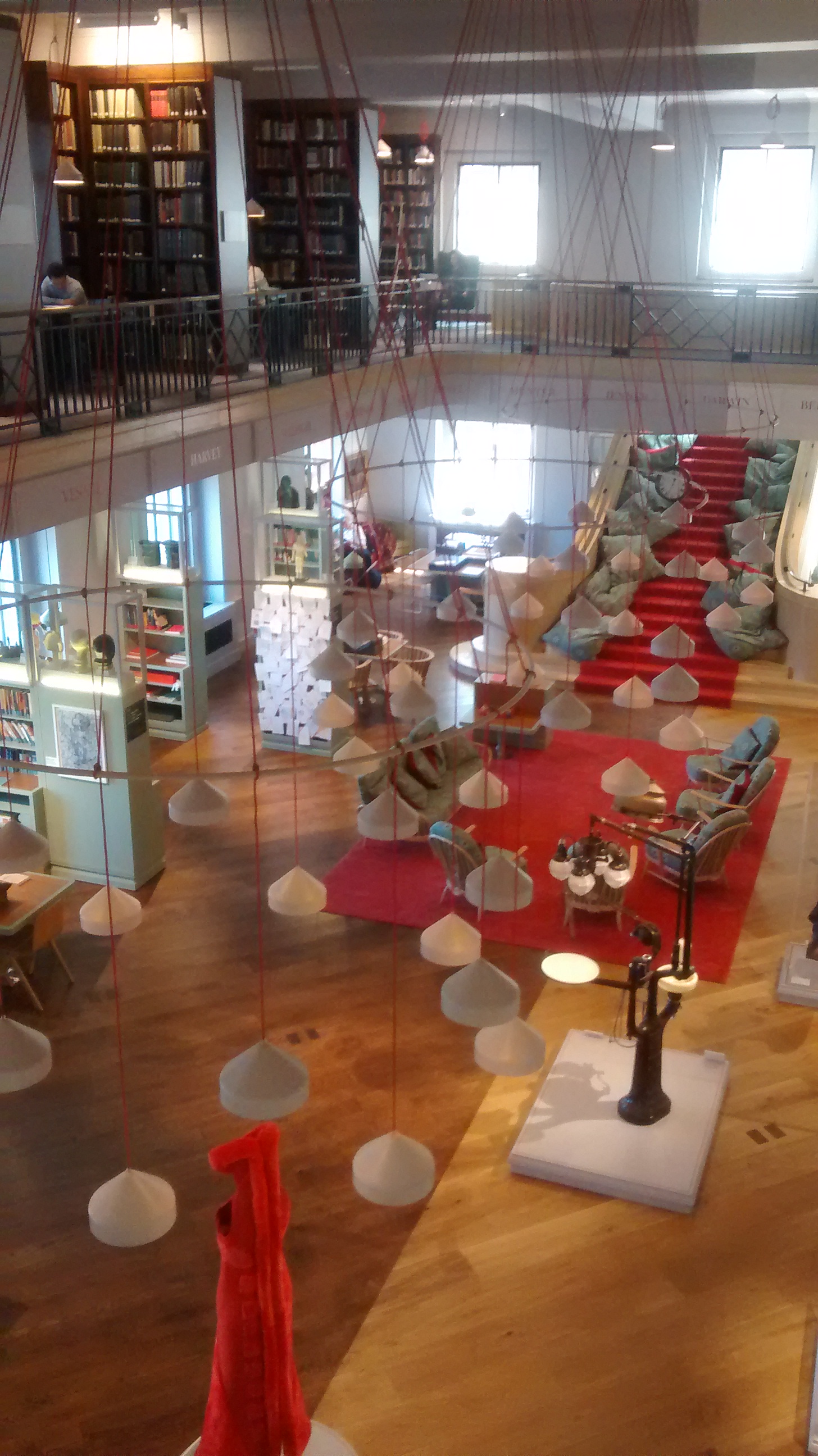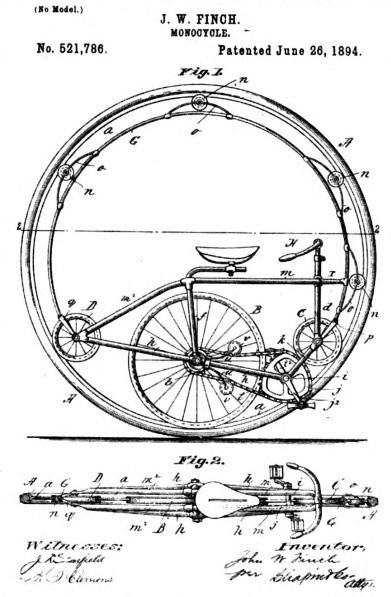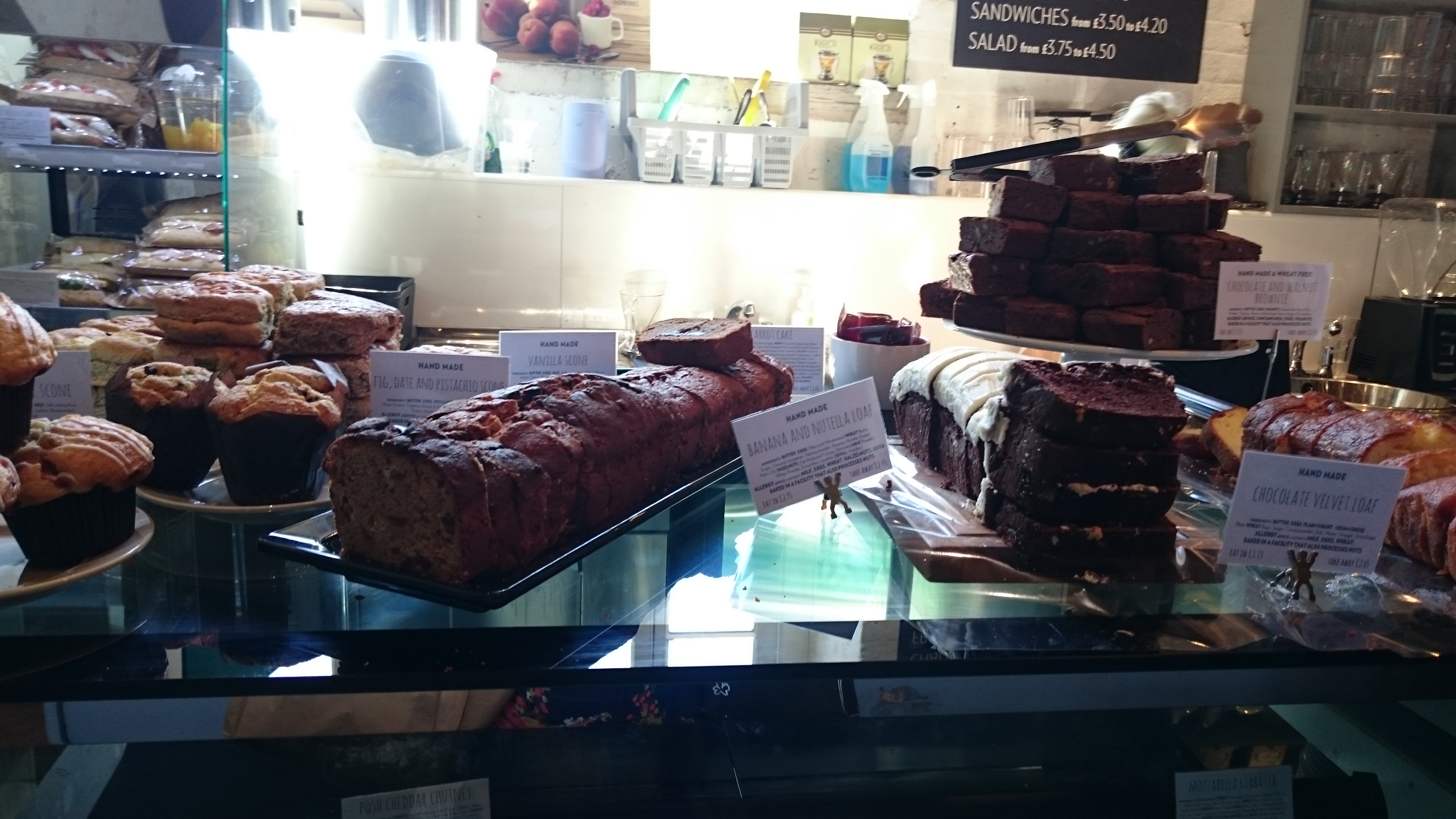Outside our organised training programme, we graduate trainees also have access to the wide variety of staff development courses on offer. At the beginning of November, a few of us opted to go on a training session on Copyright law and issues. This full day of training was a great insight into the complexities of copyright law, covering what copyright is, the legislation surrounding it and various licenses that cover copyright. We (Rhiannon P and Rhiannon H) were tasked with writing this blog post, and we decided to not only give an overview of what we learnt, but how we are using the training in our day-to-day work at the Bodleian Law Library and the Old Bodleian, respectively.
The first thing that was made clear to us was that copyright is an incredibly multifaceted and complicated subject, especially in the context of academia. This was not an exaggeration as this full day of training felt as if it was only the tip of the iceberg when it comes to what you can and cannot do according to copyright law. However, I did feel that when I applied the training to the work I do in the Law Bod, which is mostly scanning and uploading chapters or articles online to Weblearn or ORLO for students, it was a perfectly reasonable introduction.
Copyright is one of five Intellectual Property Rights, with the other four being patents, trademarks, designs and confidence, and is governed as such. Most intellectual property has some copyright belonging to someone, but depending on the context depends on who owns the copyright and how long the work stays in copyright for. For example, copyright does not cover facts or ideas, only what has been expressed in a material form. One piece of material may contain more than one copyright. For example, a piece of music may have one copyright attached to the music itself, and one attached to the lyrics, and these could belong to two separate people. On the topic of ownership: although this is the case more often than not, the author of the work may not always own the copyright. For example, if the author produced the work in their capacity as an employee, then their employer is the first owner of the copyright for that piece of work.
The training also introduced us to a subsection of UK copyright called Crown Copyright that has different requirements for the ownership, transference and the duration of copyright. The legislation summarises Crown Copyright as ‘where a work is made by Her Majesty or by an officer or servant of the Crown in the course of his duties’ (Copyright, Designs and Patents Act 1988 Chapter X ss 163). Luckily for us, we were provided on the training course with two handy charts depicting every possible outcome regarding the duration of copyright for both Crown and non-Crown copyrighted materials.
One of the main questions to ask when using copyrighted material is this: is the use you’ve made of the material be construed as fair to the copyright holder? Usually, using a substantial part of someone else’s work to make money or otherwise profit is considered unfair. However, when it comes to non-commercial usage, there are various exceptions and exemptions to the vast and complex system of rules. These come under the heading of ‘fair dealing’.
The most important of these fair dealing exceptions in an academic library context is the educational usage exemption. This is separate from a CLA (Copyright Licensing Agency) licence, and does not require reporting to an authority. It allows students to copy ‘a reasonable proportion’ of a text for educational purposes. This is usually interpreted to mean up to 5% of a text, or else one chapter or article, whichever is greater. Things get tricky with some items (and resources like databases), since 5% of a five page pamphlet or a single photograph probably can’t be considered ‘a reasonable proportion’ – but how much should be allowed, in that case?
Judging this can be difficult, but this course thankfully did provide some clarity on an issue that we have been dealing with at the Old Bodleian Library quite often: copying material from online databases. Databases have their own right which lasts for fifteen years, but the course confirmed that material contained within them can still be copied in the usual way using the educational exemption or the CLA licence.
‘A reasonable proportion’ of all the material held within a database is of course potentially a much larger amount of material than would normally be available to be copied, but it is safest to stick to the one chapter or article rule wherever possible! It is also important to remember that databases allow access only to members of the institution, so it may not be appropriate to offer scans to non-members. This information has really helped us on a day-to-day basis at the Old Bodleian, when dealing with requests from University and Library members to provide scans of material from online databases, such as a recent request for copies of letters from The Times digital archive.
As part of my work at the Law Bod, I often operate under the CLA licence that we hold and it was great to gain a more in depth knowledge of how this works. As a higher education institute, the University of Oxford also holds an HE licence from the Copyright Licencing Agency (or CLA) which alongside the legislation allows us to scan or copy up to 10% or a full chapter or article of any published edition. We also have to keep a record of the scans we make using this licence to show the CLA when they come knocking at our door to make sure we have complied with the licence. I know in the Law Bod we keep a spreadsheet of the scans we make and as far as I am aware, I have not yet forgotten to record a scan!
Ultimately, we all have a responsibility to make sure that we’re abiding by copyright law in our academic libraries, and not just because of potential legal repercussions! It’s especially important because the Bodleian is a Legal Deposit Library, which is entitled to a copy of every book published in the UK and Ireland, in order to preserve books for the future. It’s our job to protect the items in our collections, and that includes respecting the rights of authors and copyright holders, while also making sure that we can serve our readers and help them to get the most from the libraries. This course was a necessarily short, but lucid and practical, introduction to the many issues that arise in academic libraries regarding copyright.
Image 1 reproduced under CC BY-NC-ND 2.0 licence original by Gordon from Flickr https://flic.kr/p/2auPHBU
Image 2 copyright belongs to the CLA https://www.cla.co.uk/









Recent Comments